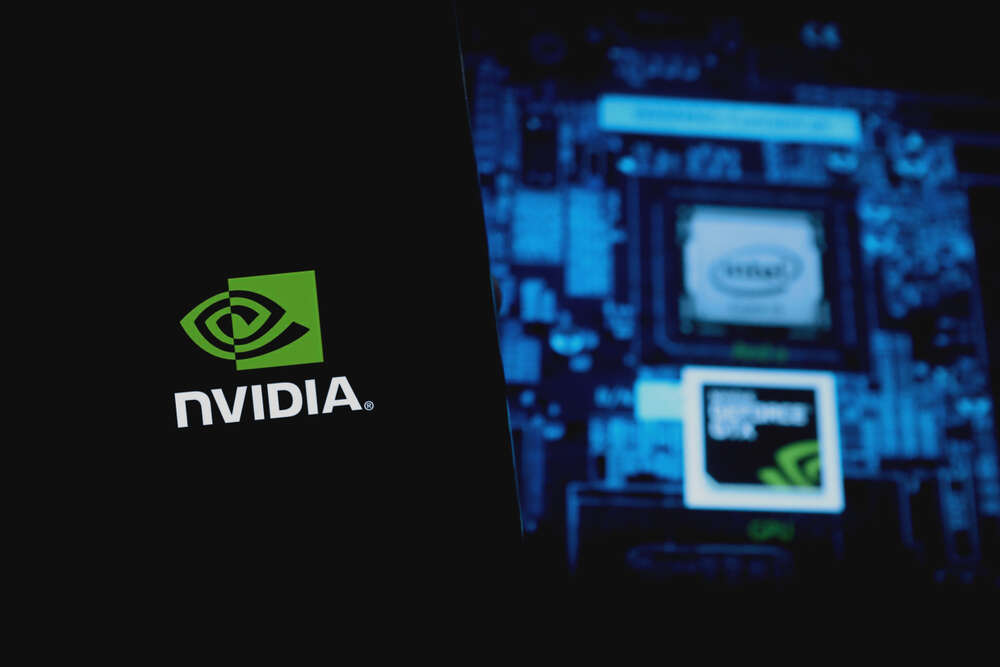
GPU maker Nvidia has launched a new advanced chip which it believes is compatible with US government export controls on China. The chip, known as the A800, represents what is thought to be the first effort by a major US semiconductor company to get around Washington’s sanctions, which are designed to limit Beijing’s capabilities but could prove damaging for businesses that rely on the Chinese market.

The A800 is being marketed by resellers in China as a replacement for Nvidia’s popular A100 GPU, which is used in datacentres, but is now banned from being sold to Chinese customers under the US rules which came into force last month.
What is the Nvidia A800?
An Nvidia spokesman told Reuters, which first reported the news: “The Nvidia A800 GPU, which went into production in Q3, is another alternative product to the Nvidia A100 GPU for customers in China. The A800 meets the US government’s clear test for reduced export control and cannot be programmed to exceed it.”
Specifications published in China suggest that the A800 is an advanced GPU with more limited capabilities than the A100. It apparently offers a chip-to-chip data transfer rate is 400 gigabytes per second, compared to the 600 gigabytes per second on the A100. The new rules ban sales of chips with rates of 600 gigabytes per second and up.
At least two Chinese websites run by major server makers are offering the A800 chip in their products already, Reuters reports. One of those sites, Inspur, previously used the A100 chip as a selling point in promotional material.
Why is Nvidia taking action in China?
Nvidia has been forced to act because of the new US export controls, which are designed to limit the capabilities of the Chinese semiconductor sector. The company, along with another US chipmaker, AMD, was warned in September to stop selling AI chips to China or face government action.
The formal export controls were introduced a month later and, as well as the chips themselves, restrict US businesses from selling Chinese customers the machines used in the production of sub-14 nanometer semiconductors, the process used to make the world’s most advanced chips. Any company with operations in the US is now banned from exporting any chipmaking equipment to Chinese customers that cannot be provided by foreign competitors.
It is thought China does not have the ability to make its own advanced semiconductors yet, so the ban is designed to maintain the US’s advantage when it comes to this crucial area of technology.
But while it makes sense on a geopolitical level, for companies like Nvidia, it could prove highly problematic at a time when revenues are shrinking due to the global economic slowdown. China consumes 40% of all semiconductors produced globally, though the majority of these are older components not covered by the ban.
Speaking to Tech Monitor last month, Mike Orme, who covers the semiconductor market for GlobalData, said: “Nvidia and AMD can still sell older and less powerful AI chips to China and Nvidia has a significant R&D operation in China where it gets around a quarter of its overall revenue. The ban will leave a $400m hole in that revenue.”
He added that the ban could represent an ongoing problem for US companies like Nvidia, AMD and Intel. “The semiconductor industry relies on both US IP and the Chinese chip market, and the US chip industry derives over 30% of its revenues from its China sales,” Orme said. “A further blockading of China would threaten the future of the US chip companies. This is the serious conundrum facing the industry – in hurting China to protect its sovereignty, the US will hurt its most important strategic industry.”






